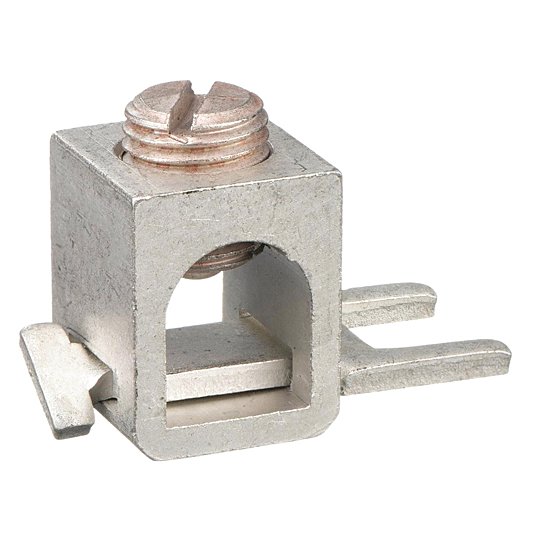HomeInspectorKenton
Member
- Location
- Boulder, Colorado
I write a library of narratives that I sell as custom templates for various home inspection software so I have to be careful that what I say is correct. I don't consider this condition a defect but some inspectors will include it because a client might question it. Think this is acceptable:
"In the service panel, equipment grounding and neutral conductors terminated on a single bus bar. While not specifically approved by the panel manufacturer or the National Electric Code (NEC), the grounding and neutral bus bars are required to be electrically connected in the service panel. This configuration serves that purpose without creating a defective condition."
"In the service panel, equipment grounding and neutral conductors terminated on a single bus bar. While not specifically approved by the panel manufacturer or the National Electric Code (NEC), the grounding and neutral bus bars are required to be electrically connected in the service panel. This configuration serves that purpose without creating a defective condition."


